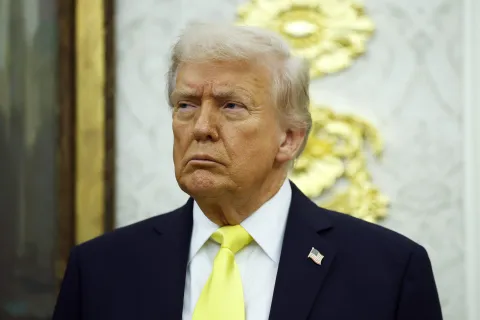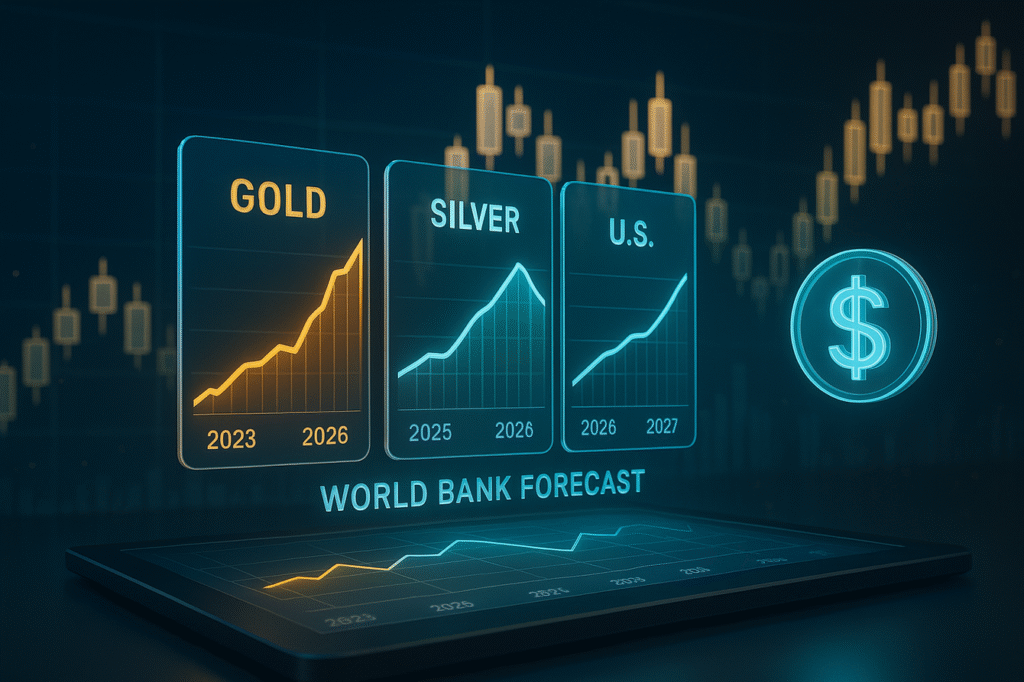In the modern age, elite athletes are more than competitors — they are brands, investors, and global economic forces. And when adjusted for inflation, no one embodies that financial power quite like Michael Jordan, whose estimated net worth of Rp67.2 trillion ($4.2 billion USD) places him far ahead of football icon Cristiano Ronaldo and golf’s prodigy Tiger Woods.
This list, compiled by Sportico in 2024 and adjusted for purchasing power parity, unearths a deeper narrative: the commercialization of excellence, and how geopolitical markets shape sporting wealth.
Jordan’s dominance is not just due to six NBA championships. His post-retirement empire, built on Nike’s Air Jordan line, NBA team ownership, and shrewd investments, represents a masterclass in long-term brand equity. Meanwhile, Ronaldo, with Rp36.1 trillion in adjusted wealth, has leveraged a loyal global fanbase across Europe, the Middle East, and Asia to become football’s most lucrative face.
Tiger Woods, ranking second with Rp45.2 trillion, exemplifies another path: the lone-sport icon turned marketing magnet. Despite scandals and injuries, Woods remains an enduring name, thanks to long-term deals with Nike, Rolex, and EA Sports — underscoring the Western corporate model’s durability in shaping athlete-led marketing.
Breakdown of the Top 20:
- Michael Jordan (NBA) – Rp67.2 trillion
- Tiger Woods (Golf) – Rp45.2 trillion
- Cristiano Ronaldo (Football) – Rp36.1 trillion
- LeBron James (NBA) – Rp30.4 trillion
- Lionel Messi (Football) – Rp29.9 trillion
- Arnold Palmer (Golf) – Rp29.4 trillion
- Jack Nicklaus (Golf) – Rp28.3 trillion
- David Beckham (Football) – Rp26 trillion
- Roger Federer (Tennis) – Rp25.7 trillion
- Floyd Mayweather Jr. (Boxing) – Rp24.6 trillion
- Phil Mickelson (Golf) – Rp24.1 trillion
- Michael Schumacher (F1) – Rp22.5 trillion
- Shaquille O’Neal (NBA) – Rp20.5 trillion
- Neymar Jr. (Football) – Rp18.9 trillion
- Greg Norman (Golf) – Rp18.4 trillion
- Kobe Bryant (NBA) – Rp17.9 trillion
- Kevin Durant (NBA) – Rp17.3 trillion
- Lewis Hamilton (F1) – Rp15.7 trillion
- Mike Tyson (Boxing) – Rp15.6 trillion
- Stephen Curry (NBA) – Rp15.3 trillion
A Global Capital Game:
While six NBA players dominate the top 20, golf (with six entries) and football (three) follow closely. Notably, American athletes account for over 70% of the list — a legacy of U.S.-centric endorsement ecosystems, media empires, and privatized leagues that offer equity and royalties beyond salaries.
European footballers, despite global reach, often depend more on club contracts and time-sensitive endorsement windows, making the pathway to multi-generational wealth steeper — though Ronaldo and Beckham have challenged that norm.
Asia’s absence is stark, underlining the region’s under-leveraged sports monetization model, despite massive fanbases. As Indian cricket, Chinese basketball, and Southeast Asian esports grow in financial maturity, the next wave of athlete-moguls may emerge from the East.
Meanwhile, F1 stars like Schumacher and Hamilton highlight the intersection between automotive conglomerates, royalty-backed leagues, and sovereign sponsorship, where national pride and elite marketing collide.
The Bigger Picture:
This list is not merely a ranking—it’s a lens into the interplay between geopolitics, media capitalism, and athletic stardom. It reveals how influence is not just earned on the pitch or court, but through control of intellectual property, brand licensing, and cross-border financial vehicles.
And in the shadow of modern NIL (Name, Image, Likeness) policies, cryptocurrency sponsorships, and nation-state-funded clubs, the next chapter in sports wealth may no longer be written solely by Western corporations—but by emerging market disruptors.
In the end, Jordan’s enduring lead is not just a measure of individual greatness. It’s proof that when sport meets strategy, wealth knows no era.






